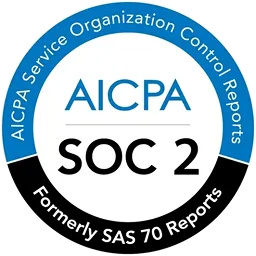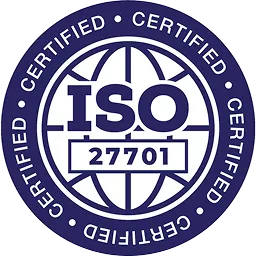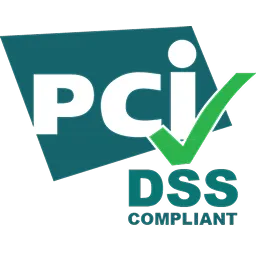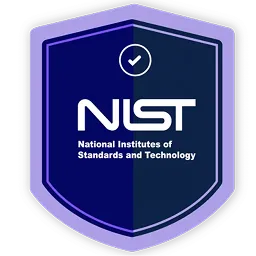IT service management stands as the ultimate solution to streamline IT service delivery. It includes processes and frameworks specifically designed to ensure the effectiveness of your IT services. In this article, we'll explore what ITSM is, its processes, frameworks, benefits, best practices, and key metrics. With the help of these insights, you will gain a thorough understanding of this solution.
As organizations expand, their IT infrastructure and service needs become more complex. So, a proper setup is essential to effectively manage this complexity and ensure seamless IT service delivery. This is where ITSM emerges as a solution, simplifying the complexities involved in managing IT services and maximizing their effectiveness.
For instance, employees often request access to SaaS apps for their work needs in an organization.
While access requests from a small group of employees—perhaps five to seven—can be managed manually, handling hundreds of requests at the same time can become overwhelming for IT teams.
This is where IT Service Management (ITSM) comes into play. ITSM simplifies the process of managing these requests. It establishes a set of guidelines for IT teams to efficiently organize, prioritize, handle, and approve these tickets.
This ensures timely approval of requests and reduces confusion within the IT team, enabling them to operate with greater efficiency and productivity.
This was just a brief overview of what ITSM is capable of; there is more to explore. So, let's start by understanding what IT service management is.
Wistia_ID: svw7jw37f1
What Is ITSM?
IT service management (ITSM) is a process of managing all aspects of IT services (refer to services that deliver solutions and support to individuals). This process includes planning, building, implementing, improving, and providing support to employees.
Furthermore, ITSM involves the strategic utilization of tools, methodologies, and best practices to streamline service management and efficiently resolve related issues.
To show/demonstrate the workflow of IT service management, let's take an example:
- When an employee requires access to a specific application, they submit a request through a designated portal of the ITSM tool. This action generates a ticket containing all necessary details, which is then directed to the IT team's queue. Within this queue, requests are prioritized and addressed accordingly, ensuring timely and effective resolution.
Core Component Of ITSM Process
Given below are the four key components of the ITSM process:

1. Service request management
Service request management is a systematic process that manages a wide range of employee requests. These requests include access to applications, systems, and data, updating personal information, resetting passwords, and more.
By streamlining this process, ITSM helps ensure that there are no unnecessary delays in the request management process.
2. Incident management
Incident management in ITSM deals with tracking and resolving issues or incidents that have the potential to disrupt normal operations. These incidents include requests for critical apps and access to unauthorized apps or devices.
So, to mitigate these disruptions, your team can use incident management to prioritize incidents and service requests according to their impact on operations and effectively allocate resources and teams to address them. This helps ensure quick and efficient resolutions/approvals.
3. Problem management
In ITSM, problem management involves detecting and addressing the reasons behind incidents within an IT service. It's not just about fixing incidents; it's also about uncovering and understanding the underlying causes and determining the most effective way to eliminate them.
4. Change management
ITSM's change management focuses on keeping track of changes that take place in employees' lifecycles. Employees who undergo mid-lifecycle change (role, designation, position change) request new apps for their new role.
So, to ensure their swift transition, your team can verify their new role with change management and quickly approve their request. Also, revoke their previous access permissions to ensure they don't hold unnecessary access that is not required for their role. This minimizes the likelihood of accidental or intentional misuse of privileges, safeguarding sensitive data.
These core components of ITSM play a major role in enhancing the effectiveness of the IT service management process. However, you also need to be aware of different ITSM frameworks, which serve different purposes for different organizations.
So, depending on your organization's guidelines and practices, you can select and implement the framework that aligns with your requirements. What are these frameworks? Let's find out.
ITSM Framework
Below are some of the popular ITSM frameworks that offer guidance on various aspects of ITSM, including service strategy, design, transition, operation, and continual improvement. You can adopt one or more frameworks based on specific needs, industry requirements, and organizational goals.

- Information Technology Infrastructure Library (ITIL)
ITIL is the most commonly used framework for organizing and documenting IT Service Management (ITSM). It includes a detailed library of ITIL processes that covers various functional areas such as service strategy, service transition, service operation, service design, and continual service improvement.
- DevOps
DevOps is not just a framework but also a methodology aimed at enhancing collaboration between development and your team, enabling them to create, test, and deploy software effectively. While some organizations may utilize DevOps instead of or alongside ITSM, many view them as complementary approaches.
- Control Objectives for Information and Related Technologies (COBIT)
COBIT is a governance framework developed by the Information Systems Audit and Control Association (ISACA) in 1996. It offers guidance to businesses looking to use IT services to reduce risk, ensure compliance with regulations, and achieve better business outcomes.
- ISO/IEC 20000
ISO/IEC 20000 is an international standard for service management. This framework can be used alongside different ITSM frameworks. It provides guidelines for organizations to adhere to ISO 20000 certification (which signifies compliance with established service management standards).
- Microsoft Operations Framework (MOF)
MOF is an alternative to ITIL and serves as a management system designed specifically for implementing and enhancing IT services using Microsoft technologies and products.
But what benefits will you get from implementing ITSM? Let's find out.
Benefits Of ITSM

Listed below are some of the major benefits of implementing ITSM:
- Increased Efficiency: ITSM provides a structured approach to managing IT services. It defines clear steps and procedures for handling tasks such as incident management, problem management, change management, and service request fulfillment. This structured approach ensures that your team has a systematic way to address issues and deliver services, reducing chaos and confusion. As a result, it helps increase your team's productivity and efficiency.
- Service-Based Incident Management: ITSM prioritizes the recovery time for service failures, helping to minimize the occurrence of recurring issues and their impact on business operations. By focusing on service-level agreements (SLAs) and service restoration, your team can effectively manage incidents and prevent them from escalating into major disruptions.
- Reduced Downtime: ITSM enables your teams to identify and mitigate issues before they escalate into full-blown service interruptions. By proactively identifying and resolving issues, your team can minimize downtime.
- Helps With Continuous Improvement: ITSM helps your team by regularly assessing performance, identifying areas for improvement, and implementing changes to streamline IT service operations. By continually improving processes and practices, your teams can further adapt to evolving business needs, technology trends, and employee requirements.
- Lower Operational Costs: Through streamlined processes and task automation, ITSM helps reduce the manual workload of your team, allowing them to scale operations without the need for additional hiring. ITSM helps lower overall operational costs for the organization by optimizing resource utilization and reducing operational overheads.
Now, after going through the benefits of ITSM, you may be considering implementing ITSM in your organization. But how to effectively implement ITSM? Here how.
ITSM Best Practices

Given below are some of the best practices that you can implement to ensure effective implementation of ITSM:
- Evaluate Your Current Operations
Examine your current IT operations to determine how they can be integrated with the IT Service Management (ITSM) system.
This involves analyzing various aspects of your IT processes, such as incident management, change management, service request handling, etc., to identify areas where ITSM workflows can be implemented effectively.
By conducting this assessment, you can gain insights into your current operations' strengths and vulnerable areas. Accordingly, your team can develop a plan for integrating ITSM tools to enhance efficiency, improve service delivery, and meet business goals.
Also, when implementing IT service management procedures, it's important to understand that a solution that works for everyone may not work for you. So, have contingency plans in place in case things don't go as planned.
2. Opt For An Automated Tool
By opting for an automated solution, you can streamline your ITSM process and eliminate manual handling, which can be error-prone and time-consuming. Through automation, the same process can be managed 10x more efficiently than a manual method involving multiple steps.
For instance, a request management solution like Zluri's app catalog and access request streamlines and automates the entire request management process. It enables your IT team to organize, manage, and approve access requests raised by employees with just a few clicks. Also, it sends real-time alerts to managers/app owners/department heads for swift approval by integrating with Slack, making it a hassle-free process for them.
Not only that, it brings all the incoming tickets into a single dashboard, making it easier for your team to monitor and prioritize which one to send for approval first. Furthermore, it also shows the status of access requests so that your team doesn't miss any updates.
Additionally, it enables your team to manage multiple access requests simultaneously through customizable workflows that trigger actions accordingly.
So, in short, solutions like the Zluri app catalog and access requests not only enhance your team's efficiency and productivity through automation but also expedite the entire ITSM process.
3. Monitor the ITSM process thoroughly
Thoroughly monitoring the ITSM process is vital because it helps your team closely monitor how IT services are running. For instance, by tracking the request management process, your team can detect how quickly the access requests are being approved or if there is any delay in the process.
Basically, this helps pinpoint inefficiencies, enabling your team to promptly address issues and maintain seamless operations.
4. Develop A Feedback System
After setting up efficient ITSM strategies, it's crucial to keep improving them over time. This can only be done by getting feedback from employees and other stakeholders. Your team should regularly gather feedback from employees, team members (who are involved in the process), and stakeholders to find out what's working well and what needs improvement. They can then figure out how to make things better.
Feedback often covers areas like technical support, needed features, or how easy the system is to use.
Note: To get helpful feedback, asking clear, specific survey questions is essential.
But how can we determine if the ITSM is functioning effectively and delivering benefits? Here's how.
Track The Effectiveness Of ITSM With These Metrics

By assessing the following key metrics,, you will clearly understand whether or not ITSM is effectively fulfilling its intended purpose in your organization.
1. Resolution Time
Resolution/response time measures the average duration taken to resolve an issue or approve an access request (from when it's raised to its complete resolution or approval). It is a critical indicator of efficiency in incident management and request management, reflecting the responsiveness of your team to address problems promptly and manage request approval.
2. First-call resolution rate
This metric measures the percentage of incidents or service requests that are resolved completely during the first interaction with the your team (service desk). A higher first-call resolution rate suggests that issues and requests are effectively resolved and approved on the first attempt, increasing employee satisfaction.
3. Agent productivity
Agent productivity assesses how efficiently your team (service agents) handle incidents and service requests. It includes metrics such as the number of tickets resolved per service agent and the time spent per ticket.
4. SLA breach rate
The SLA breach rate measures the percentage of incidents or requests that exceed the agreed-upon resolution time frame. Monitoring this rate ensures compliance with contractual obligations and helps identify recurring issues requiring attention.
5. User satisfaction
User (employee) satisfaction is measured by gathering feedback through surveys and other feedback channels to understand how satisfied users are with IT services. Monitoring this metric helps ensure that IT services meet user expectations and allows for adjustments to improve user experience.
In conclusion, by tracking these key ITSM metrics, your team gains valuable insights into the effectiveness of their ITSM implementation. Also, by regularly assessing these metrics, your team can identify areas for improvement and streamline IT service delivery.
Improve Your Service Delivery With ITSM
After going through the article, you probably have recognized the pivotal role ITSM plays in streamlining your entire service delivery process, from providing on-time support to approving the required access of employees.
Not only that, it makes things much easier for your IT teams by providing them with a clear set of guidelines on how the IT service delivery will take place, reducing confusion and saving ample time.
This boosts their efficiency and productivity by 10x times.
By adopting ITSM, you're not just improving your service delivery but also gaining a competitive edge in the market. This strategic solution opens up new opportunities for exceptional service, helping your organization to thrive in a competitive landscape.








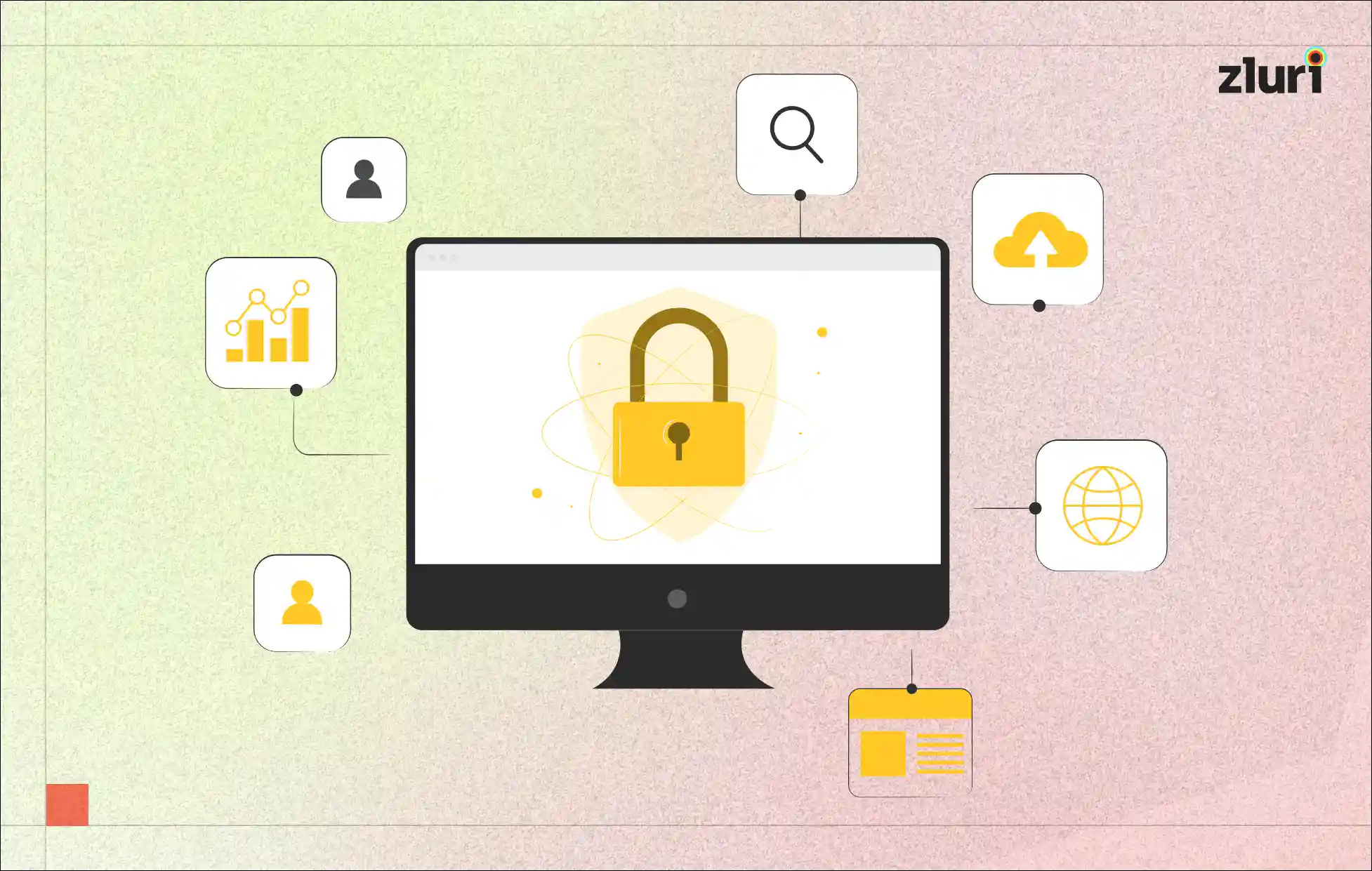
.svg)



